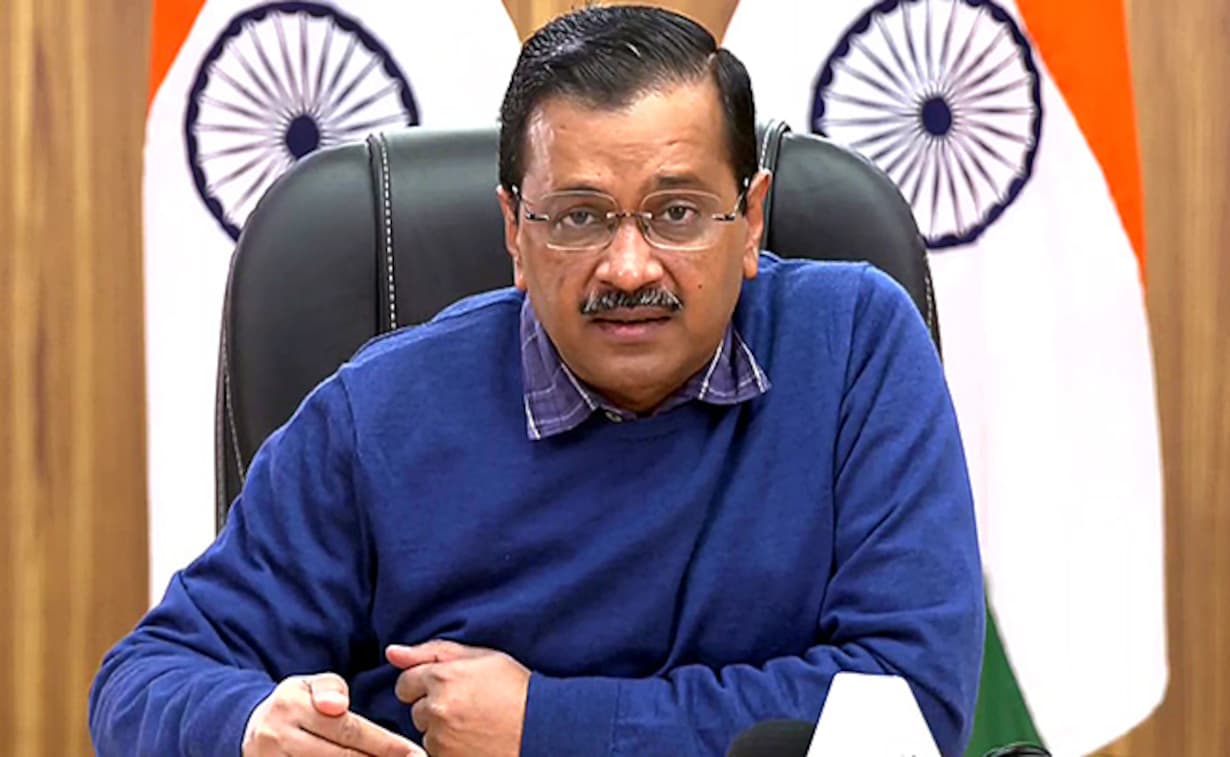As the year 2024 draws near, general elections in India will bring about a drastic shift in the country’s political landscape. There is much conjecture, alliance-building, and strategy development happening in the world’s greatest democracy. How are things in Indian politics right now, and what can we anticipate in the months leading up to the next general election?

Problems Facing the Current Administration
With a resounding win in 2019, the Bharatiya Janata Party (BJP), led by Prime Minister Narendra Modi, has remained in office continuously since 2014. But the second term has been fraught with difficulties, from the COVID-19 epidemic to the huge farmer protests that led to the revocation of agricultural legislation. The BJP has had a tepid showing in state elections, losing ground in many swing states.

The Modi government’s reelection campaign will concentrate on the response to the epidemic, unemployment, and economic recovery. In order to achieve a majority in the Lok Sabha (India’s lower house of parliament), they will need to forge coalitions and traverse a complicated web of regional politics.
Alliances and parties in opposition
There is more to India’s political scene than the current government in power. The opposition parties are working hard to establish coalitions that would make them a strong opponent to the BJP. Although its election success has been lacklustre in recent years, India’s oldest political party, the Congress party, remains a key role. If it wants to restore prominence, it must revitalise its cadre and message.

With Arvind Kejriwal at the helm of the Aam Aadmi Party (AAP), the party has quickly gained prominence and power in India, particularly in the state of Delhi. Coalitions often rely on support from regional parties, such as the Trinamool Congress (TMC) in West Bengal, the Shiv Sena in Maharashtra, and the Dravida Munnetra Kazhagam (DMK) in Tamil Nadu.
It’s still unclear whether or not the opposition can come together. Given the ideological divisions and conflicting interests among India’s regional leaders, it can be difficult to form a unified front against the BJP.
Voter Dynamics and Emerging Issues
There will likely be a number of major topics up for vote in the 2024 election. Both the government’s response to the epidemic and the rate of economic recovery will come under close scrutiny. Particularly among the younger generation, there has been a rise in interest in environmental issues, climate change, and sustainable development.

The election narrative is also likely to be influenced by social concerns including caste-based reservations, religious identity, and gender equality. In addition, the internet and social media platforms will assume an ever larger function in political discourse and campaigns.
The composition of voters is shifting. Because of India’s large millennial population, concerns including education, employment, and technology availability are of paramount importance. As a result, parties now need to cater to the needs and desires of women voters, who have emerged as a powerful demographic.
What’s Next?
Elections in India are scheduled for 2024, and the political climate there is fluid and uncertain. The outcome will be heavily influenced by alliance dynamics, candidate choice, and voter turnout. The ruling BJP wants to keep its position in power, while the challengers want to oust them.
The resilience of India’s democratic system is founded on its capacity to accept competing ideas and interests. The 2024 elections will be a major test for India’s democracy and will have far-reaching consequences for the future of the country. As the political climate heats up, one thing is certain: the next elections in India in 2024 will be a world-changing event.

